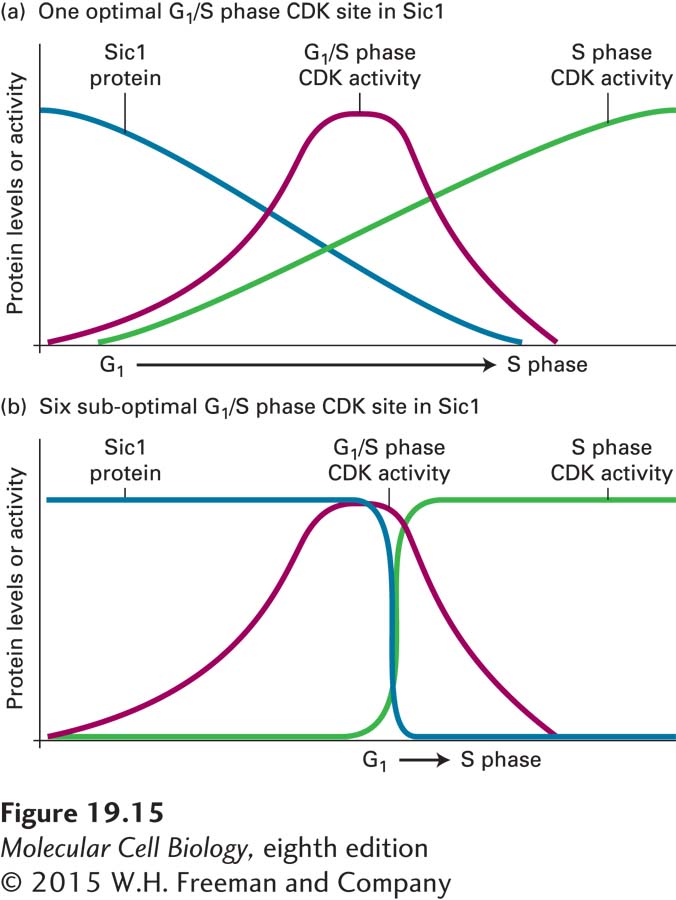
FIGURE 19- h- n- 4–